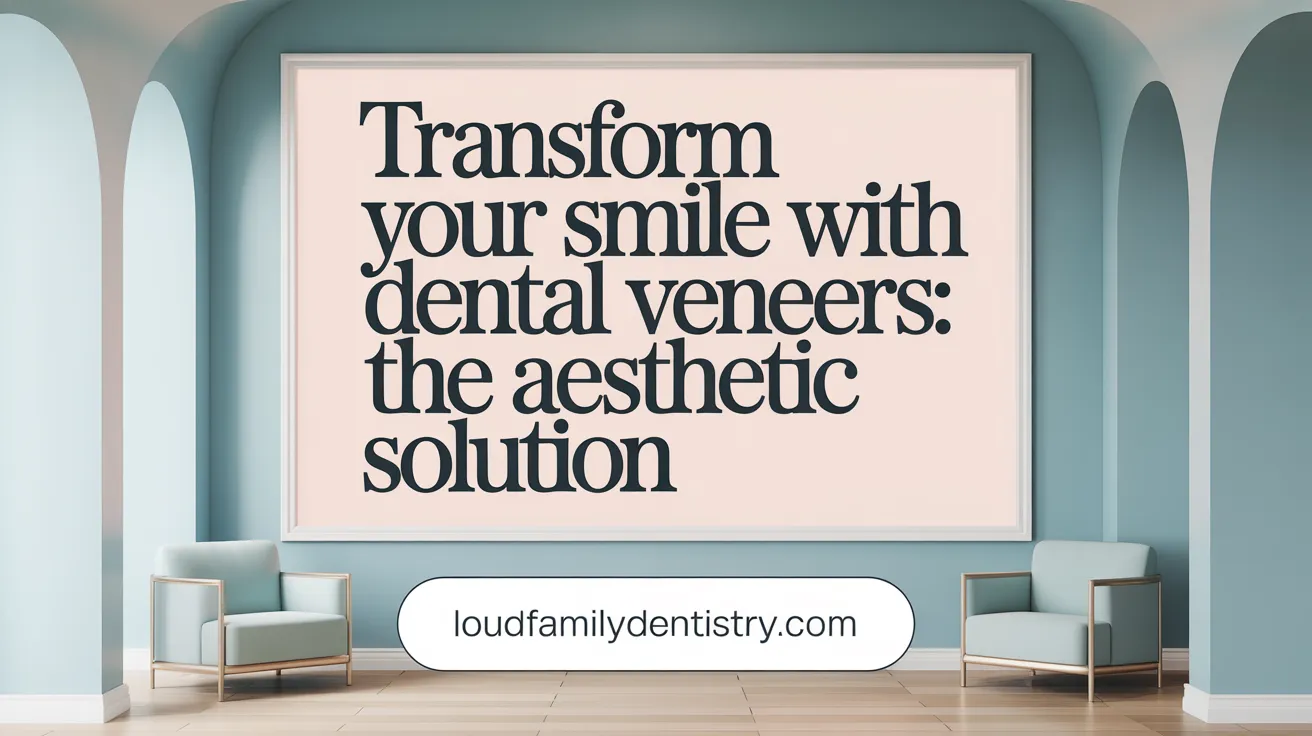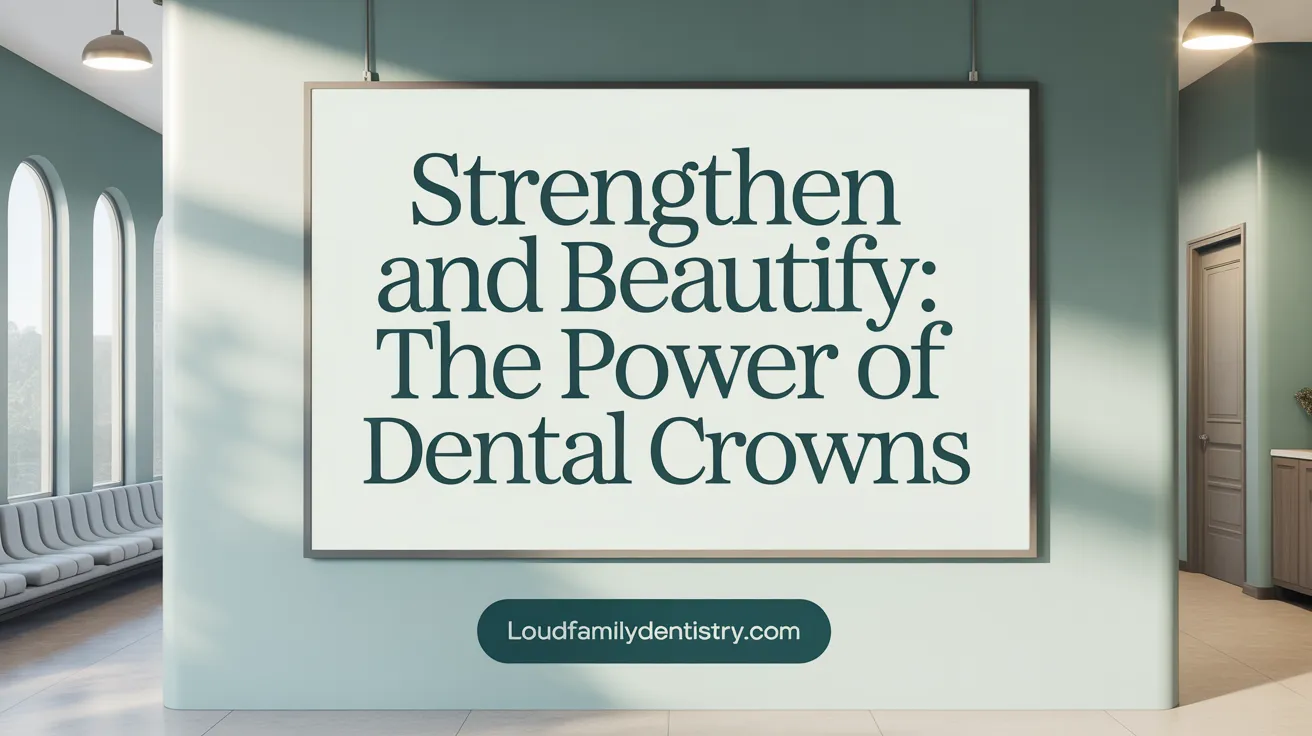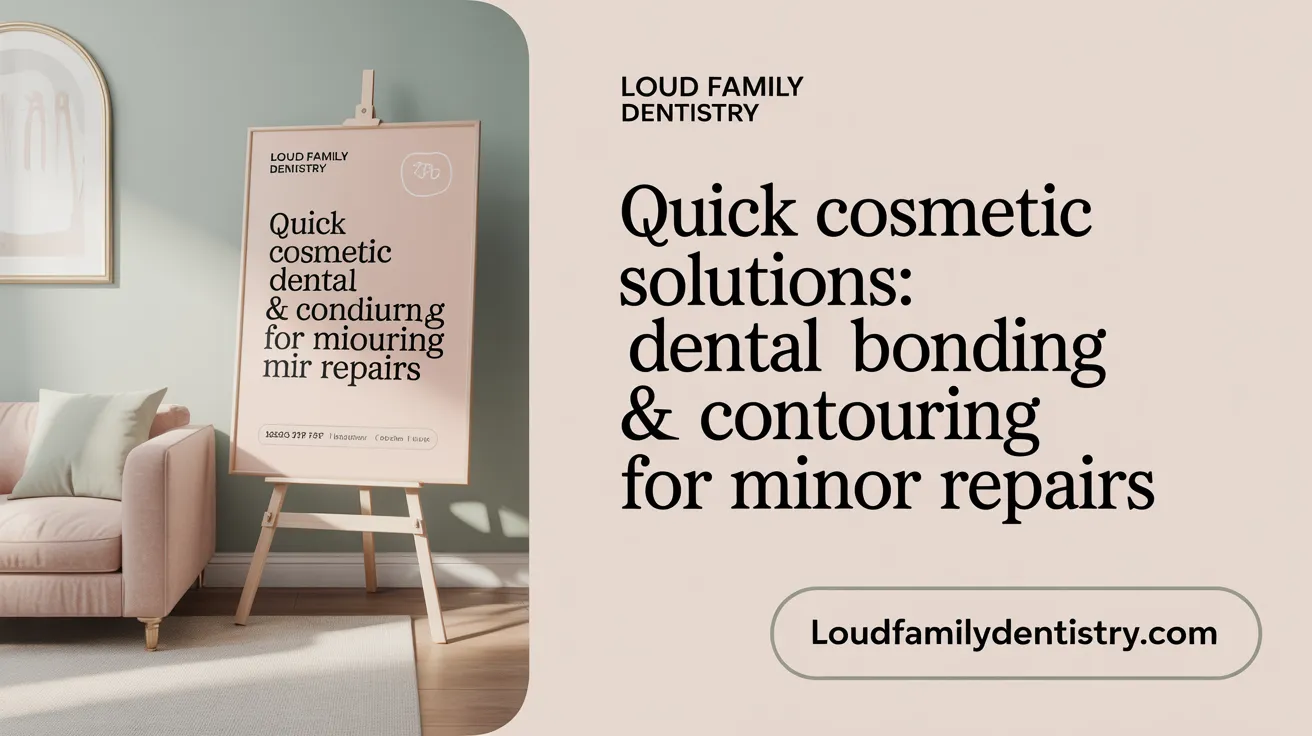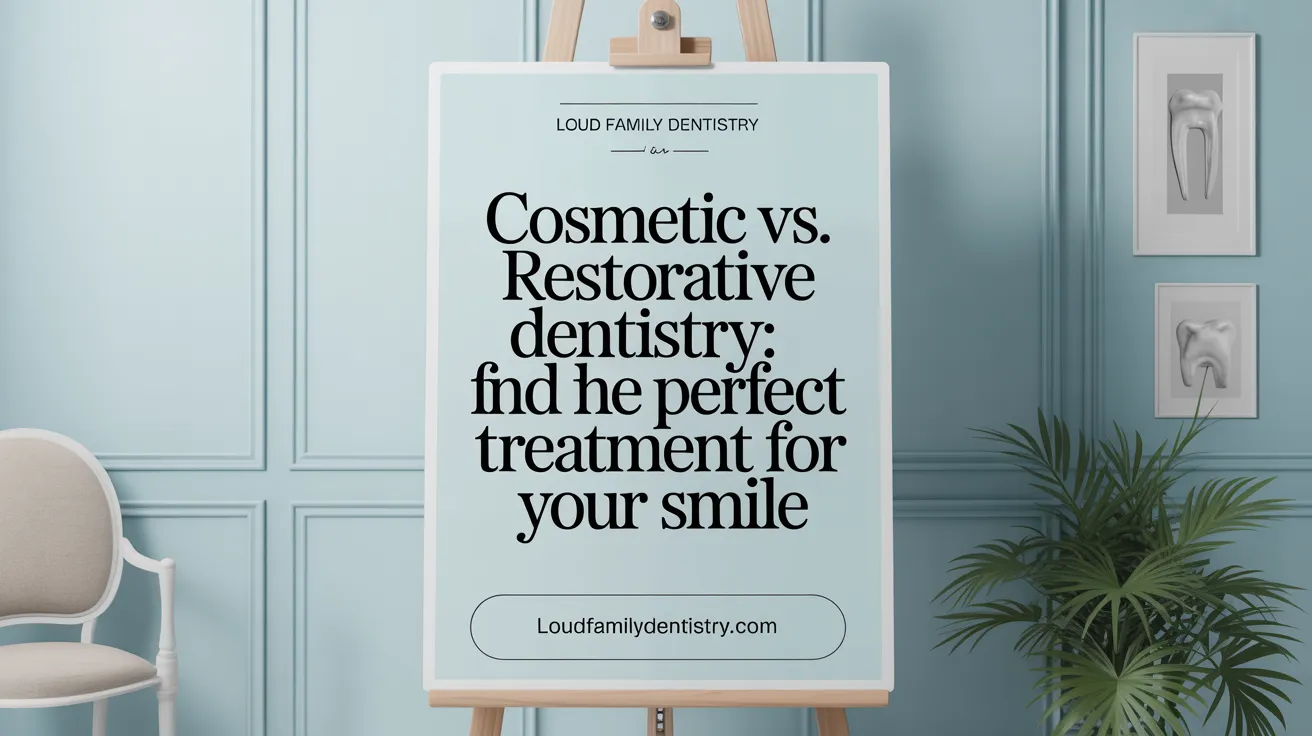Understanding Dental Restoration: Repairing and Enhancing Your Smile
Damaged teeth can affect not only your oral health but also your confidence. Fortunately, advances in dental restoration offer a variety of effective options to repair, replace, and beautify damaged teeth. This article explores the most common dental restoration treatments—including cosmetic and restorative procedures—providing clear guidance on selecting the best solution to restore your smile's health and appearance.
Common Dental Restoration Options for Damaged Teeth

What are the common dental restoration options for damaged teeth?
Restoring a damaged tooth involves various procedures designed to repair or replace parts of the tooth to improve both function and appearance. These options can be broadly categorized into direct and indirect restorations.
Direct restorations are applied directly to the tooth surface during a dental visit. The most common include:
- Fillings: Used to fill small cavities caused by decay, often made from amalgam, resin, or porcelain.
- Bonding: Utilizes composite resin to repair chips, gaps, or stains, shaped and polished to match natural teeth.
Indirect restorations are fabricated outside the mouth, then bonded or cemented onto the tooth. These include:
- Crowns: Custom caps made from porcelain, ceramic, or metal that cover severely damaged or decayed teeth to restore strength and appearance.
- Veneers: Thin shells of porcelain bonded to the front surface of teeth, ideal for chips, discoloration, or uneven teeth.
- Inlays and Onlays: Custom restorations fitting inside the tooth’s cusps, used for moderate decay or damage.
- Bridges: Artificial teeth anchored to neighboring healthy teeth or implants, used for missing teeth.
- Dental Implants: Metal posts surgically placed into the jawbone to support crowns, ideal when teeth are too damaged to be restored.
- Dentures: Complete or partial replacement for missing teeth, removable or supported by implants for better stability.
What is the purpose of each type of restoration?
Fillings and bonding are mainly for minor issues like small cavities, chips, or stains. Crowns and veneers are used for more extensive aesthetic or structural problems, restoring both function and beauty. Implants and bridges replace missing teeth, preventing bone loss and improving bite function. Dentures are a solution for multiple missing teeth, restoring smile, speech, and chewing ability.
How do these treatments improve dental health?
Each restoration aims to restore the natural function of teeth—such as chewing and speaking—while also enhancing appearance. Properly chosen and placed restorations prevent further decay, protect remaining tooth structure, and support overall oral health. Regular dental care and maintenance are essential to prolong the lifespan of these restorations and keep the teeth healthy.
Dental Veneers: Enhancing Appearance Through Cosmetic Dentistry

What are dental veneers, and how do they improve the appearance of teeth?
Dental veneers are thin, custom-made shells crafted from porcelain or composite resin that cover the front surface of teeth. They are designed to hide various dental imperfections such as discoloration, chips, cracks, gaps, and minor misalignments. Veneers help create a more uniform, brighter, and naturally attractive smile, making them a popular cosmetic solution.
Materials used: porcelain vs composite
Veneers come primarily in two types: porcelain and composite. Porcelain veneers are highly durable, stain-resistant, and have a natural translucency similar to real teeth. They usually require a small amount of enamel removal before placement. Composite veneers are made from resin material that can be applied directly to the tooth and are less invasive, often requiring less preparation. While composite veneers are more affordable, they tend to stain more easily and may not last as long as porcelain.
Cosmetic benefits including concealing flaws
Veneers effectively conceal a range of dental flaws, including discoloration from staining foods, drinks, smoking, or poor hygiene. They can mask chips, cracks, gaps, and minor misalignments, transforming irregular teeth into a harmonious and aesthetically pleasing set. Their natural appearance enhances smile confidence and can significantly improve overall facial aesthetics.
Procedure overview and durability
The veneer placement process typically involves an initial consultation, tooth preparation (which may include removing a small layer of enamel), taking impressions, and fabricating the shells in a lab. Once ready, the veneers are bonded to the teeth with special cement. Properly maintained, porcelain veneers can last between 10 to 15 years, while composite veneers usually last about 5 to 7 years. Regular dental check-ups and good oral hygiene prolong their lifespan.
Maintenance and longevity
Veneers require minimal special care. Regular brushing, flossing, and routine dental visits help preserve their appearance and function. Avoiding stain-causing foods and habits like smoking can maintain their brightness. With proper care, veneers remain durable and visually appealing for many years, making them a worthwhile investment for those seeking a corrected and enhanced smile.
| Aspect | Details | Additional Info |
|---|---|---|
| Material Types | Porcelain | More durable, stain-resistant, requires removal of enamel |
| Composite | Less invasive, more affordable, less stain-resistant | |
| Benefits | Conceals discoloration, chips, gaps | Boosts confidence, improves facial aesthetics |
| Longevity | 10-15 years (porcelain), 5-7 years (composite) | Can be extended with good care |
Dental Crowns: Restoring Strength and Function

How do dental crowns help in restoring damaged or broken teeth?
Dental crowns are essential restoration tools for severely damaged or decayed teeth. They act as caps that completely cover the affected tooth, restoring its original size, shape, and strength. When a tooth is cracked, chipped, or weakened by decay, crowns provide extra support, preventing further damage and restoring normal function.
In addition to protecting the tooth, crowns improve appearance by hiding discoloration, stains, or deformities. They are custom-made to match the color and contour of your natural teeth, ensuring a seamless look.
Crowns also play a vital role in maintaining proper bite alignment, reducing the risk of uneven wear or additional dental problems. They are often used after root canal treatments to protect the remaining tooth structure, and they can support dental bridges for missing teeth.
Altogether, dental crowns offer a durable solution that combines functional restoration with aesthetic enhancement, helping you regain confidence and facilitate easier chewing and speaking with a healthier, stronger smile.
Materials commonly used for crowns
Dental crowns can be made from various materials, each offering different benefits:
- Porcelain: Mimics natural tooth appearance, ideal for front teeth.
- Porcelain fused to metal: Combines strength with aesthetics, suitable for both front and back teeth.
- Gold or metal alloys: Known for durability, often used in molars where biting strength is essential.
- Ceramic: Provides excellent aesthetics similar to porcelain.
The choice of material depends on the tooth's location, the extent of damage, and patient preferences.
How crowns protect and strengthen damaged teeth
Crowns reinforce weakened teeth by encasing them entirely, distributing biting forces evenly. This prevents cracks or fractures from worsening while restoring the tooth’s function.
They shield the underlying tooth from further decay, especially after procedures like root canals, where the tooth can become more fragile. By restoring the shape of the tooth, crowns also improve the bite, reducing uneven pressure that can cause additional damage.
Benefits for appearance and bite alignment
Besides providing structural support, crowns improve the aesthetic look of teeth by covering imperfections such as discoloration or deformations. They help achieve a uniform, natural-looking smile.
Crowns assist in aligning the bite properly, preventing malocclusion that could lead to jaw pain or uneven wear on teeth. This makes daily activities like chewing and speaking more comfortable.
Connection to root canal treatment and bridges
Crowns are commonly placed after root canal therapy to protect the remaining tooth structure from fractures.
They are also used in dental bridges, where they serve as anchors to support artificial teeth, completing a full smile and restoring function.
Dental Crowns Overview
| Aspect | Description | Material Variants |
|---|---|---|
| Purpose | Cover damaged, decayed, or broken teeth, support bridges | Porcelain, metal, ceramic, gold |
| Benefits | Strength, esthetics, protection, bite support | Customizable to match natural teeth |
| Typical uses | Restoring teeth after root treatment, covering large cavities, supporting bridges | |
| Care and durability | Requires good oral hygiene; can last 10-15 years with proper care | Depends on material and wear |
Dental Implants: The Gold Standard for Tooth Replacement
What is a dental implant, and when is it recommended?
A dental implant is a small titanium or ceramic post that is surgically inserted into the jawbone, acting as an artificial root for a missing tooth. Once integrated into the bone—a process known as osseointegration—the implant provides a sturdy base upon which crowns, bridges, or dentures can be securely attached.
Dental implants are especially suitable when a tooth is too severely damaged to be repaired with conventional restorations like crowns or fillings. They are recommended for patients missing one or more teeth, looking for a solution that mimics natural teeth in both appearance and function. Proper bone density and good oral hygiene are essential for successful placement and long-lasting results.
Benefits of dental implants
Dental implants stand out as a durable and reliable solution for tooth replacement. They not only restore the natural look of teeth but also help maintain jawbone health by stimulating natural bone growth that typically diminishes when teeth are missing. This stimulation prevents facial sagging and preserves the overall facial structure.
Compared to other options like bridges or removable dentures, implants do not rely on neighboring teeth for support, avoiding damage to adjacent teeth and reducing the risk of bone loss. Their longevity can often surpass decades with proper care, making them a worthwhile investment.
How do implants differ from other tooth replacements?
Unlike bridges that require alteration of neighboring teeth or dentures that may slip or cause discomfort, dental implants are a standalone solution. They mimic natural teeth more closely in both function and appearance.
In addition, implant-supported restorations such as implant-supported bridges or dentures provide added stability. These systems are anchored directly onto implants, which prevents slippage and enhances chewing efficiency.
Implant-supported dentures and bridges
| Type | Description | Advantages | Suitable For |
|---|---|---|---|
| Implant-supported dentures | Full or partial dentures fixed to multiple implants | Improved stability, prevents slipping, preserves jawbone | Patients missing multiple teeth |
| Implant-supported bridges | Artificial teeth supported by implants, replacing missing teeth | Restores full function and appearance, protects bone | Multiple adjacent missing teeth |
Choosing dental implants involves consultation and evaluation by a dental professional, but the benefits of durability, preservation of facial structure, and natural look often make them the preferred option for lasting tooth replacement.
Dental Bonding and Contouring: Quick Fixes for Minor Damage

How do dental bonding and contouring help repair chipped or cracked teeth?
Dental bonding and contouring are popular cosmetic treatments used to repair minor damage like chips or cracks in teeth. Bonding involves applying a tooth-colored composite resin directly onto the damaged area. This resin is shaped to match the natural tooth and hardened with a special light, effectively restoring the tooth's appearance and internal structure. Contouring, on the other hand, gently removes small amounts of enamel to smooth out surface imperfections or reshape the tooth.
These procedures are straightforward, minimally invasive, and usually completed in a single dental visit. They do not require anesthesia, making them quick and comfortable options. By repairing damage promptly, bonding and contouring help maintain the natural look of teeth and can also strengthen the tooth structure.
Materials used and aesthetic advantages
The primary material used for bonding is a composite resin, which is tinted to match the shade of natural teeth. This ensures that the repair blends seamlessly with surrounding teeth. Bonding provides a natural, healthy appearance and can be polished to a smooth, luminous finish.
Contouring involves removing tiny amounts of enamel, which subtly alters the shape and length of a tooth for better alignment or symmetry. Both procedures significantly improve the smile’s aesthetic without extensive dental work.
Appropriate cases for bonding like chips and cracks
Dental bonding is particularly effective for small chips, cracks, stains, or minor deformations. It is also used to close gaps between teeth or modify the shape of teeth to enhance overall smile harmony. Because it addresses superficial damage efficiently, bonding is ideal for minor flaws that do not require the structural support offered by crowns or veneers.
Procedure simplicity and minimal invasiveness
These treatments are less invasive than crowns or veneers. Bonding can often be completed within an hour, with little or no preparation of the tooth. There’s usually no need for anesthesia, and the process is comfortable and quick. Contouring involves only the gentle removal of enamel, making it safe and suitable for improving uneven or jagged surfaces.
Enhancement of smile and prevention of further damage
Besides cosmetic benefits, bonding and contouring help protect teeth from additional damage. By smoothing rough edges or reinforcing weakened areas, these procedures reduce the risk of further chips or cracks. They also boost confidence by providing immediate improvements to the smile’s appearance.
| Procedure | Materials Used | Common Uses | Benefits |
|---|---|---|---|
| Bonding | Tooth-colored composite resin | Chips, cracks, gaps, stains | Natural look, quick, minimally invasive |
| Contouring | Enamel removal | Surface imperfections, uneven teeth | Smile symmetry, smooth surface, preventive |
These simple yet effective treatments offer quick cosmetic and protective solutions for minor dental flaws, helping patients maintain a healthy, attractive smile with minimal disruption.
Comparing Cosmetic and Restorative Dental Procedures

What are the differences between cosmetic and restorative dental procedures?
Cosmetic dental procedures focus on improving the appearance of teeth and creating a more attractive smile. These treatments target visual aspects such as color, shape, size, and alignment. Common cosmetic options include teeth whitening, porcelain veneers, dental bonding, and contouring to achieve a brighter, more harmonious smile.
Restorative dental procedures aim to repair damaged, decayed, or missing teeth to restore their normal function and structure. These treatments help maintain oral health and include interventions like fillings, crowns, bridges, dental implants, dentures, and root canal therapy.
Although their primary goals differ—cosmetic procedures enhance looks and restorative procedures restore function—they often overlap. For instance, crowns and implants can serve both aesthetic and functional purposes, improving appearance while also supporting biting and chewing.
Many treatments now combine cosmetic and restorative aspects to provide comprehensive care. For example, a porcelain veneer not only conceals chips or discoloration but also strengthens the tooth.
Understanding these differences helps patients make informed decisions aligned with their goals and needs, whether focusing on appearance, health, or both.
| Aspect | Cosmetic Dentistry | Restorative Dentistry | Overlap and Combined Approaches |
|---|---|---|---|
| Primary Objective | Enhance the appearance of teeth | Restore function and oral health | Treatments like crowns and implants offer both aesthetic and functional benefits |
| Common Procedures | Whitening, veneers, bonding, contouring | Fillings, crowns, bridges, implants, dentures | Some procedures integrate cosmetic and restorative goals |
| Insurance Coverage | Usually elective, often out-of-pocket | Often covered by dental insurance | Many modern treatments incorporate both aspects for comprehensive care |
| Patient Considerations | Focused on appearance, self-esteem | Focused on health, comfort, function | Many treatments are tailored to meet both aesthetic desires and health needs |
Choosing between cosmetic and restorative dentistry depends on individual goals. Patients seeking to improve appearance may prioritize whitening or veneers, while those needing to repair damage may focus on fillings or crowns. In many cases, combining these approaches produces the best overall outcome, restoring both beauty and full function.
Choosing the Right Treatment and Maintaining Your Restored Smile
What factors should be considered when selecting the appropriate dental treatment for restoring a damaged tooth?
Selecting the best dental treatment for a damaged tooth depends on multiple factors. Foremost, the extent and specific location of the damage influence the choice—minor chips may only require bonding or smoothing, while severe fractures might necessitate crowns or even implants. The health of surrounding teeth and gums also affects options, as some treatments are better suited for certain conditions.
Patient preferences regarding aesthetics and comfort are vital, especially if the smile appearance is a concern. Budget constraints and insurance coverage can also impact the decision; some procedures like implants or crowns tend to be more costly than bonding or fillings.
Another consideration involves the long-term durability and functionality of the treatment, which varies based on the severity of damage. More invasive procedures such as implants are often reserved for teeth too damaged to restore with less invasive methods.
Lastly, the overall oral health status and potential risks associated with each treatment option, such as sensitivity or infection, must be evaluated by a professional to ensure optimal results.
What are the benefits and risks associated with teeth whitening treatments?
Teeth whitening procedures can significantly improve the appearance of your smile by removing stains caused by drinks, foods, smoking, or poor hygiene. This cosmetic enhancement often boosts confidence and can provide noticeable results quickly.
There are both in-office and take-home whitening options tailored to individual needs. When performed under professional supervision, whitening is generally safe and effective. However, risks include temporary tooth sensitivity, gum irritation, and in rare cases, damage to the enamel if overused or improperly applied.
Certain types of discoloration—especially intrinsic stains or those impacted by aging—may not respond well to whitening. It is essential to consult with a dentist to choose the most appropriate method and ensure safe application.
Post-treatment care is also crucial; avoiding staining foods and using desensitizing toothpaste can help maintain brightness and reduce side effects.
Recovery expectations and preventive care
Recovery time varies depending on the procedure. Simple treatments like fillings or bonding usually allow immediate return to normal activities. More involved procedures such as implants may require days for healing.
Maintaining your restored smile involves regular oral hygiene practices, including brushing, flossing, and routine dental check-ups. Avoiding habits that can damage teeth, such as chewing hard objects or smoking, will prolong the lifespan of restorations.
Preventive measures, along with professional cleanings, help prevent future damage and ensure long-lasting results.
Benefits of restorative procedures include restored functionality, improved appearance, reduced pain, and prevention of further oral health issues. Risks can include sensitivity, discomfort, infections, or potential failure of restorations, especially if proper care is not maintained.
In sum, selecting an appropriate treatment involves considering the damage severity, personal preferences, and financial aspects. Regular dental visits, good oral hygiene, and professional guidance are essential for sustaining a healthy, beautiful smile.
Maintaining Your Restored Smile for Long-Term Health and Confidence
Restoring damaged teeth is a vital step toward not only improving your oral health but also boosting your confidence through an enhanced smile. With a variety of restorative and cosmetic options—from bonding and veneers to crowns, implants, and whitening treatments—there is a suitable choice for nearly every dental concern. Working closely with an experienced dentist to evaluate your unique needs will help you select the best treatment tailored to your situation. Additionally, maintaining excellent oral hygiene and scheduling regular dental checkups are essential to preserving the durability and beauty of your restored teeth. Ultimately, timely restorative care combined with ongoing maintenance empowers you to enjoy a healthy, attractive smile for years to come.
References
- Smile Makeover Options for Damaged Teeth
- Smile Makeover Options for Damaged Teeth
- Restorative Dentistry: What It Is, Types & Procedures
- Restoring Your Smile After Injury or Loss: Advanced Dental ...
- 4 Dental Restoration Options for Damaged Teeth
- Smile Makeover Options: 6 Treatments to Achieve a Better Smile
- How Dentists Fix Chipped Teeth
- Restoring Your Smile: Fixing Cracked, Damaged, or ...
- Best Ways to Restore Your Smile and How It Benefits ...
